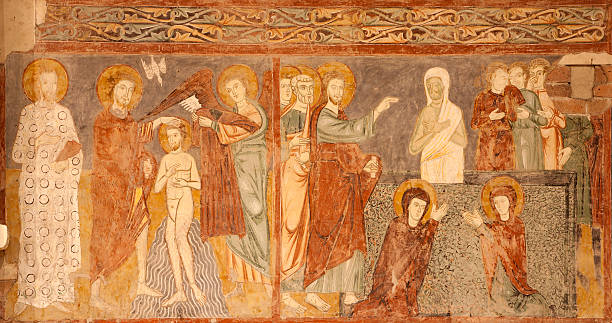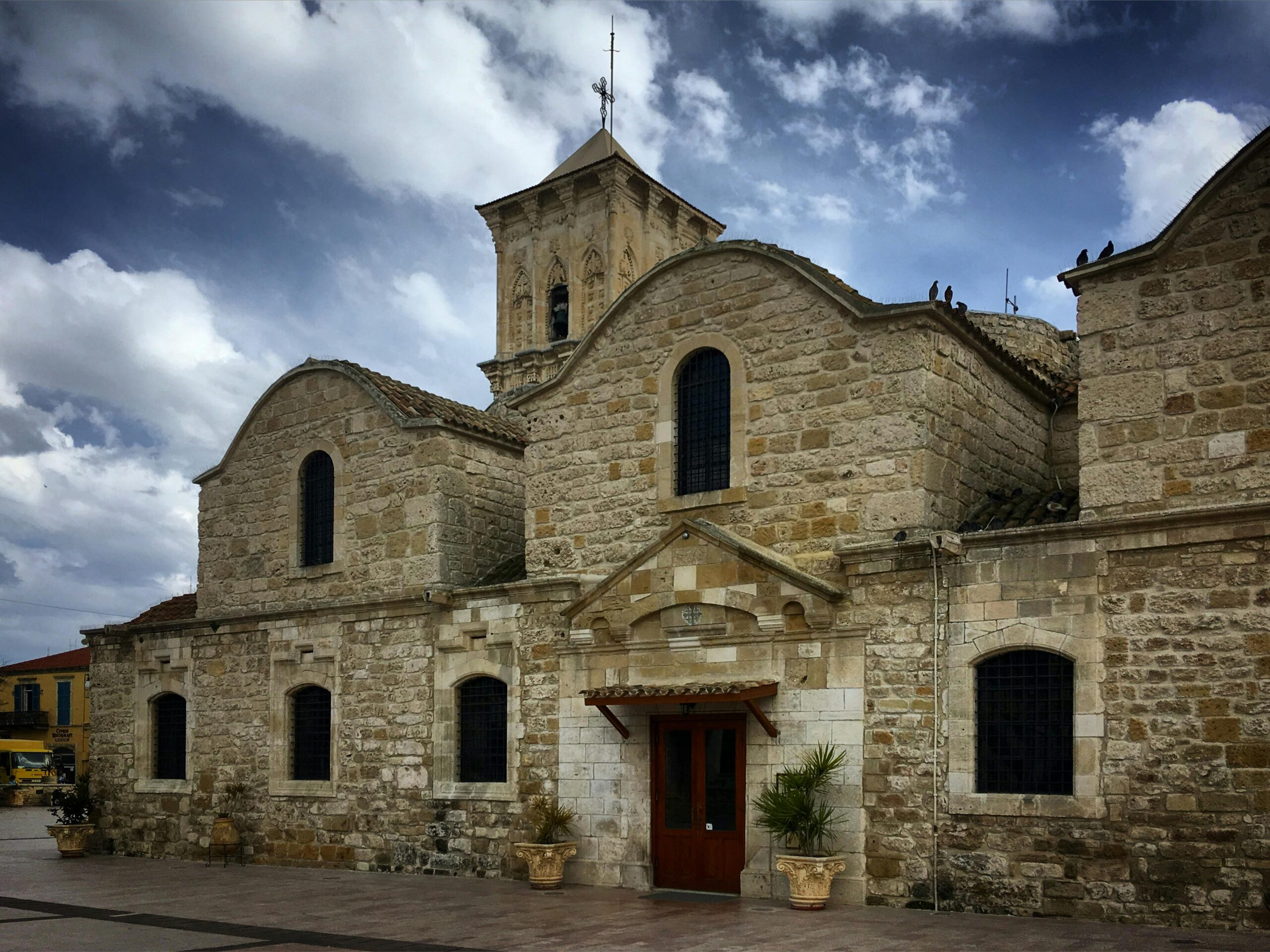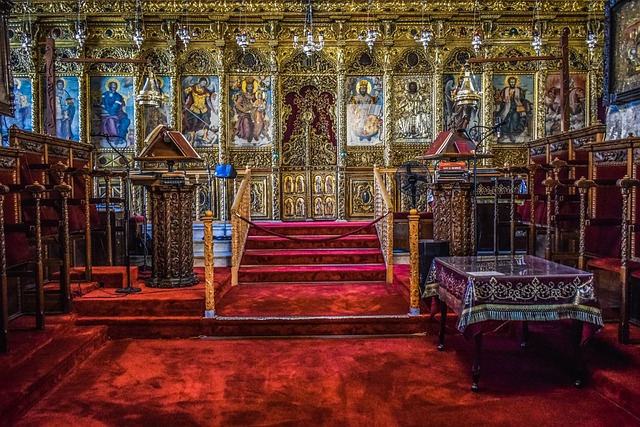Introduction
San Lazaro, also known as Saint Lazarus, is a significant figure in Christianity, particularly in the Catholic tradition. He is believed to have been a leper who was healed by Jesus, and later became a patron saint of those suffering from leprosy and other illnesses. Devotion to San Lazaro has spread throughout the world, with many people seeking his intercession for healing and protection. In this essay, we will explore the history, significance, and traditions associated with San Lazaro.
Origins of San Lazaro
The origins of San Lazaro can be traced back to the New Testament, specifically the Gospel of John. In this gospel, Jesus is said to have raised Lazarus from the dead, after he had been dead for four days. This miracle is seen as a sign of Jesus’ power over death and his ability to bring healing to those who are suffering. Over time, the story of Lazarus became associated with leprosy, as both he and lepers were considered outcasts in society. This connection deepened the symbolism of Lazarus as a figure of healing and redemption.
The Sanctuary of San Lazaro
The Sanctuary of San Lazaro is a place of pilgrimage and worship for devotees seeking healing and spiritual renewal. Located in El Rincon, near Havana, the sanctuary is home to a statue of San Lazaro that is believed to have miraculous powers. Pilgrims come from all over Cuba and beyond to visit the sanctuary, particularly on December 17th, the feast day of San Lazaro.
Rituals and Traditions
The veneration of San Lazaro is accompanied by a variety of rituals and traditions, which help to deepen the spiritual connection between the devotee and the saint. One common practice is the lighting of candles, which are believed to symbolize the light of Christ shining in the darkness of the world. Another tradition is the offering of food and drink, as a way of honoring the saint and inviting his presence into the home. These rituals help to create a sense of sacred space and time, in which the devotee can commune with the divine and seek guidance and comfort.
Devotion to San Lazaro
The cult of San Lazaro has attracted a devoted following, particularly in Latin America and the Caribbean. In countries like Cuba, Venezuela, and Mexico, there are annual pilgrimages to the shrine of San Lazaro, where thousands of people come to pray for healing and protection. Many believers make offerings of candles, flowers, and ex-votos, as a way of expressing their gratitude for the saint’s intercession in their lives. The atmosphere at these pilgrimage sites is one of deep devotion and reverence, as people come seeking spiritual and physical healing.
Symbolism and Iconography
San Lazaro is often depicted in art as a man covered in sores, with dogs licking his wounds. This image is a powerful reminder of the saint’s suffering and his reliance on the mercy of others for his healing. The dogs are seen as symbols of loyalty and companionship, as they are said to have comforted Lazarus during his time of need. The symbolism of the dogs also reflects the idea of community and solidarity, as believers are called to care for those who are suffering and marginalized.
San Lazaro in Popular Culture
The cult of San Lazaro has also had a significant impact on Cuban popular culture. The image of San Lazaro is often depicted in music, art, and literature, and his story has been the subject of various films and television shows. The annual pilgrimage to the sanctuary of San Lazaro is a major event in Cuban society, drawing thousands of people each year.
Protection and Intercession
In addition to healing, San Lazaro is also considered a protector and intercessor for those facing difficult circumstances. Many believers turn to him in times of sickness, poverty, or spiritual distress, seeking his guidance and support. The figure of San Lazaro is seen as a source of strength and hope, offering comfort and reassurance to those who are struggling. The devotion to the saint is a way for believers to connect with the divine and feel that they are not alone in their troubles.
Challenges and Controversies
While devotion to San Lazaro is widespread in Cuba, it has also faced challenges and controversies. Some critics have raised concerns about the commercialization of the pilgrimage and the exploitation of vulnerable people seeking healing. There have also been debates within the Catholic Church about the authenticity of the cult of San Lazaro and its place within traditional Catholic practice.
The Legacy of San Lazaro
The cult of San Lazaro has had a profound influence on the lives of countless individuals, inspiring faith, hope, and healing in the face of adversity. The figure of the saint continues to be a source of comfort and inspiration for those who are suffering, reminding them of the power of God to bring healing and wholeness to all who call upon him. The legacy of San Lazaro is one of compassion, love, and solidarity, as believers are called to care for those in need and extend
Conclusion
In conclusion, San Lazaro holds a revered place in the hearts of many Cubans, not only as a healthcare institution but also as a cultural and spiritual cornerstone. The cult of San Lazaro intertwines Christian traditions with local beliefs, fostering a deep sense of faith and community. Each year, thousands embark on a pilgrimage to the sanctuary of San Lazaro, seeking healing and solace, and affirming their devotion through acts of prayer and offering. This annual ritual not only strengthens cultural ties but also underscores the enduring significance of San Lazaro in Cuban society. As it continues to evolve, San Lazaro Hospital remains a beacon of comfort, inspiration, and hope for generations to come.



